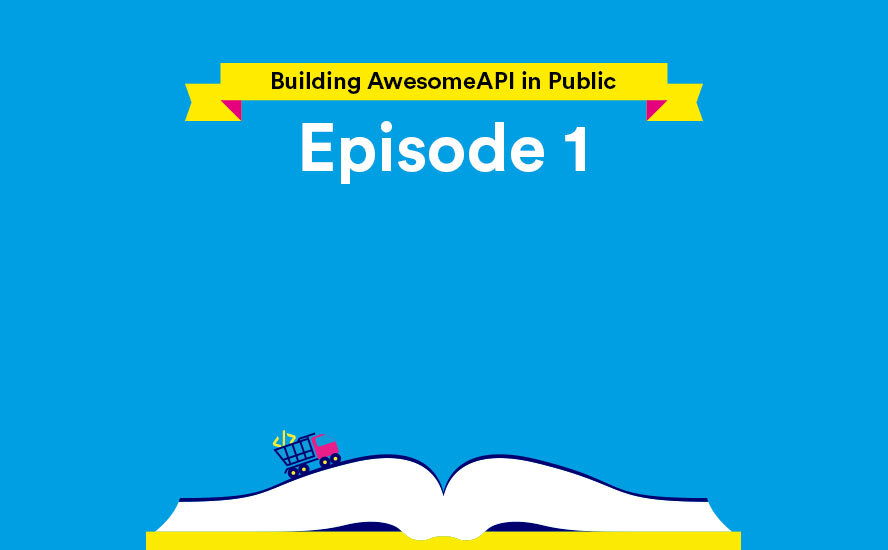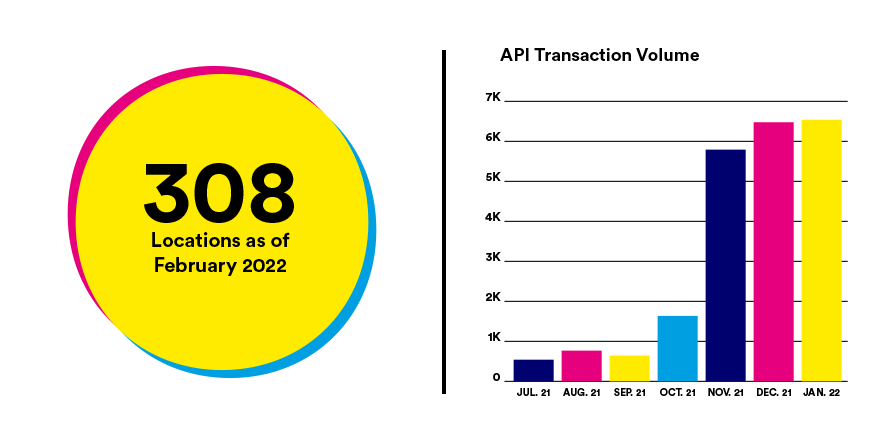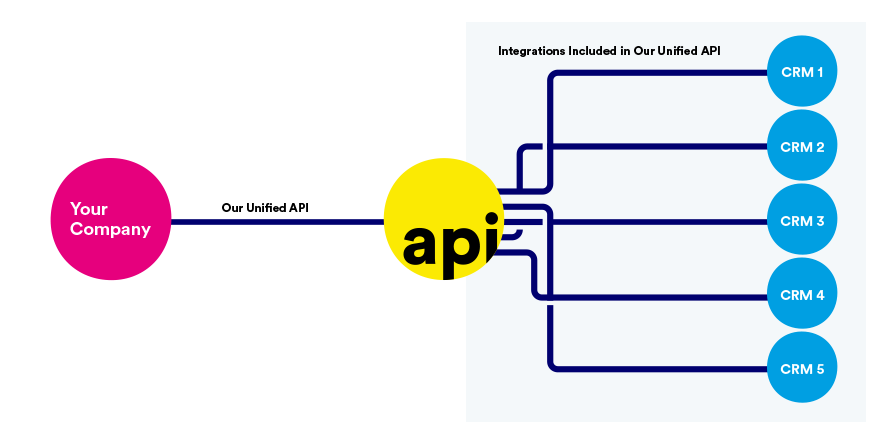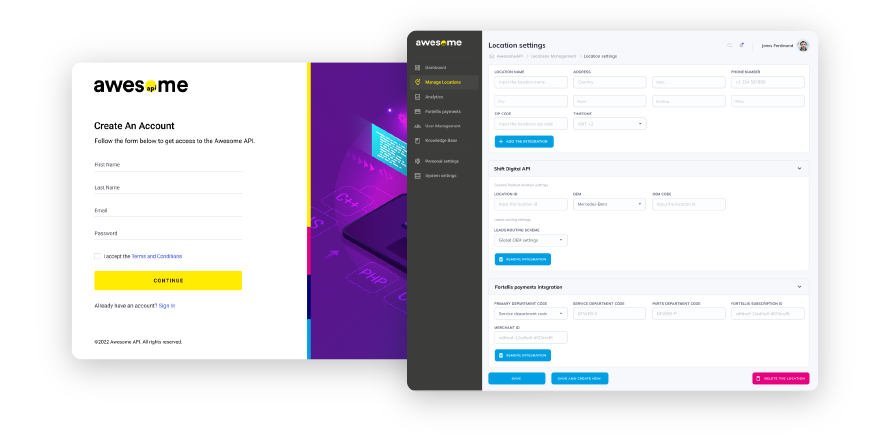
When we started AwesomeAPI back in April of 2021 we set out to build a product that would truly make the lives of product and engineering teams easier. We are well on our way to doing that with the MVP version released and the second version on its way. We want to bring you with us on our journey and share our progress along the way. We’re not sure how often we will share these updates, but it will be regularly. That might be weekly if we have a lot going on or it might be monthly if we’ve been heads down working. Either way, our hope is that it will be interesting and helpful to you. We’ll try to keep these updates easy to read, and you’ll see a similar format with each one. First, we’ll give a brief overview of some key metrics that we’re tracking and then we’ll have a more long-form section where we do a deeper dive into a specific topic. Enjoy!
Key Metrics
For right now, the metrics that matter a lot to us are the number of locations using our APIs and the volume that those locations are running through our APIs. Why do those metrics matter to us? Because those numbers directly correlate to our Monthly Recurring Revenue (MRR). We’ll dig into this more in a future post, but long story short, we get paid based on the number of locations using our APIs. Locations in most cases refers to our customer’s customer.

What problem are we going to solve?
Let’s talk a little more about how AwesomeAPI aims to solve the problem that product and engineering teams face with integrations. From a high level, we are consolidating what would be several integrations into a single unified API for a set of common integrations. We will take categories of software systems in specific verticals and build a unified API to connect to all of those systems in that vertical category.

Currently we’re close to having our first unified API and now we need the frontend product to go with it. The outcome that we are targeting with the second version is that a customer can create an account, view documentation, build the integration with our API, and test and onboard their locations to the API without us getting involved. Currently we have a UI to manage locations and a see some basic analytics, but we haven’t really exposed all of that to our customers. Our team does a fair amount of manual work in the background to get things set up and going. We want this to be a self-serve product so we can empower our customers with everything they need to launch their new integration. We’re in the process of designing what that’s going to look like (see below for some earlier mockups, but don’t hold us to it because they’re probably going to change). Over the next couple of months we’ll be building it out and releasing the beta version to customers. Product and engineering teams already use enough overly complicated products and they don’t need another one. It’s important to us that we build an easy to use product that our customers enjoy working with. We’ll iterate until we achieve that. Send an email to info@awesomeapi.com if you’d like to be an early tester and we’ll get you added to the list!

We hope you’ve enjoyed our story so far! Enter your email below to get these updates delivered directly to your inbox. Hopefully this is a given, but we’re not going to spam you, we’re cooler than that.